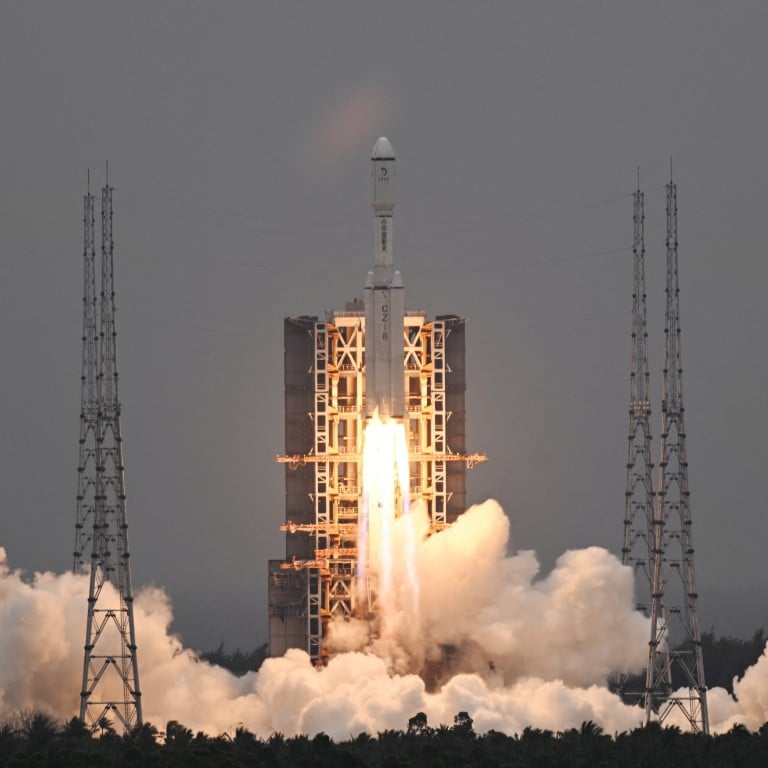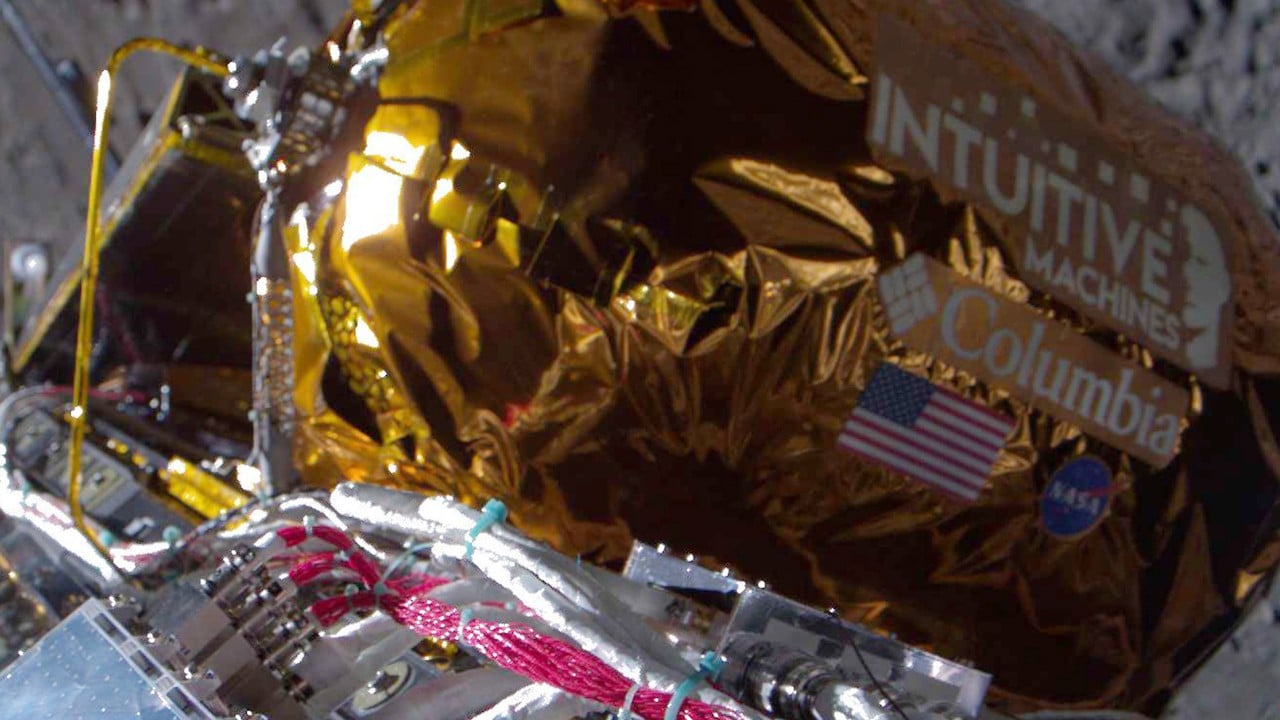
China’s moon programme: 3 satellites enter lunar orbit, fate of 2 that fell short isn’t clear
- Queqiao-2 communication relay satellite arrived 440km above the moon’s surface early on Monday, says CNSA
- State media says ‘work is under way to address’ DRO-A/B satellites that failed to reach their designated altitude after March 13 launch
Three Chinese satellites have successfully entered lunar orbit, while the status of two others remains unclear after apparent rescue efforts.
The Queqiao-2 communication relay satellite, launched from Wenchang Satellite Launch Centre in southern China on March 20, arrived at 440km (273 miles) above the moon’s surface early on Monday morning, according to the China National Space Administration (CNSA).
Following a 19-minute-long braking burn which began at 12.46am, the spacecraft slowed, was caught by the moon’s gravity and entered a highly elliptical lunar orbit, the administration announced on its website.
“The satellites have not been inserted into their designated orbit, and work is under way to address this problem,” state news agency Xinhua said at the time.
The US satellite catalogue showed the pair had raised their orbit from 524 x 132,577km to 1164 x 243,691km after the incident.
“This suggests to me that the DRO satellites are still trying to get to the moon,” said Jonathan McDowell, a Harvard astronomer who tracks rocket launches and activity in space.
Can Chinese scientists solve the mysteries presented by Chang’e 5 moon samples?
DRO-A/B were planned to enter a so-called distant retrograde orbit, or DRO, at the moon. From there, they would work with DRO-L – a third satellite placed into low-Earth orbit last month – to test laser-based navigation technologies between Earth and the moon.
The apparent orbital climb, which had probably cost considerable satellite propellant, still could not inject the pair directly into a moon-bound trajectory, said amateur astronomer Scott Tilley, who is based in British Columbia, Canada.
“Getting the objects into a high-Earth orbit and raising the perigee as they have done would allow them time to consider their options of getting them to the moon. At this stage, an entirely different trajectory plan would be needed to get the spacecraft to the moon or a DRO,” said Tilley, who helped Nasa find one of its long-lost satellites in 2018.
Assuming the pair still had enough fuel, it might be possible to come up with a special trajectory and even recover the mission, he told the South China Morning Post on Monday.
In the next few days, Queqiao-2 will make further adjustments to enter a 24-hour-period final orbit, which is highly stable and will require little maintenance during its eight years of operation, according to CNSA.
From there, the 1.2kg (2.6lb) relay satellite will use its 4.2m-wide (2.6-mile) radio antenna to conduct communication tests with the Chang’e 4 spacecraft, which has been carrying out scientific research in the Von Kármán crater on the moon’s far side since 2019.
Queqiao-2 will pave the way for China’s coming Chang’e 6 mission, which is slated to launch in May to collect and return moon samples from the lunar far side for the first time.



